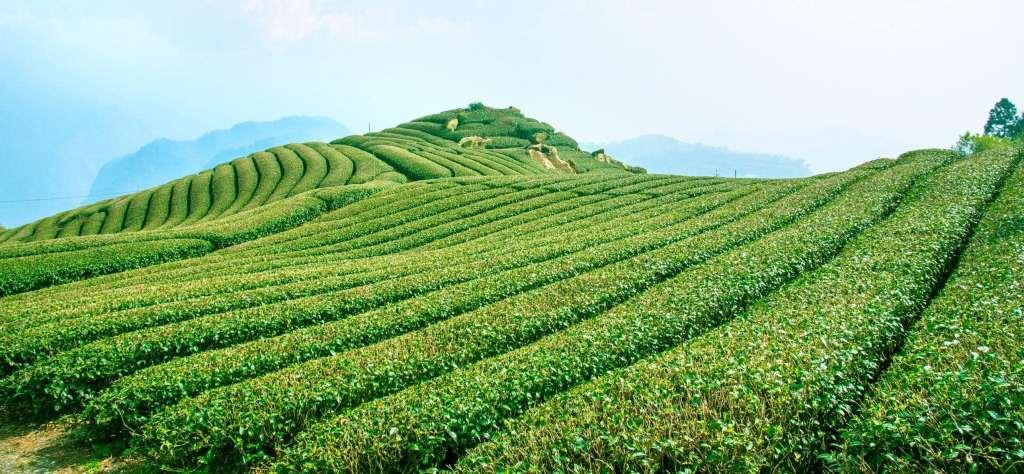Assam Tea Leaves

Assam tea is a variety of black tea that takes its name from the region in India where it is grown - Assam. The tea is made from the Camellia sinensis var. assamica plant (also known as the Masters variety), which is indigenous to Assam. Early attempts to grow Chinese varieties of the plant in Assam failed, but today Assam tea is mostly grown at or near sea level. It is known for its bold flavor, bright color, and strong, malty body.
Assam teas were discovered by Scottish adventurer Robert Bruce in 1823 while he was on a trading mission near Rangpur. He noticed tea-like plants growing wild and decided to bring some back with him to Scotland. These plants were then used to create blends that were sold as "breakfast" teas. For example, Irish breakfast tea is a maltier and stronger breakfast tea that is made with small-sized Assam tea leaves.
Bruce was reportedly directed by Maniram Dewan to Bessa Gam, the local Singpho chief. Bessa Gam showed Bruce how the local tribesmen brewed tea from leaves of this bush. Bruce made an arrangement with the tribal chief to give him samples of these tea leaves with seeds, as he planned on having them scientifically examined. Robert Bruce passed away a few years later, never having seen this plant being properly classified.